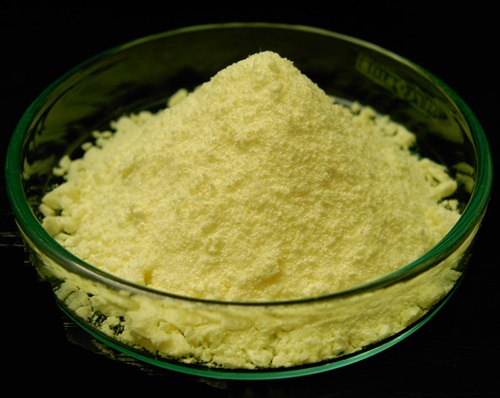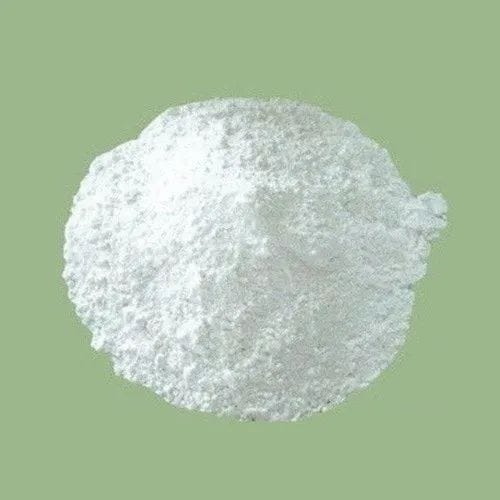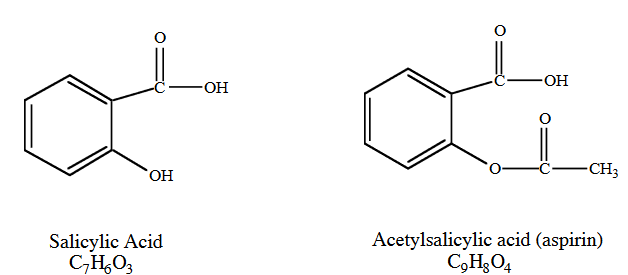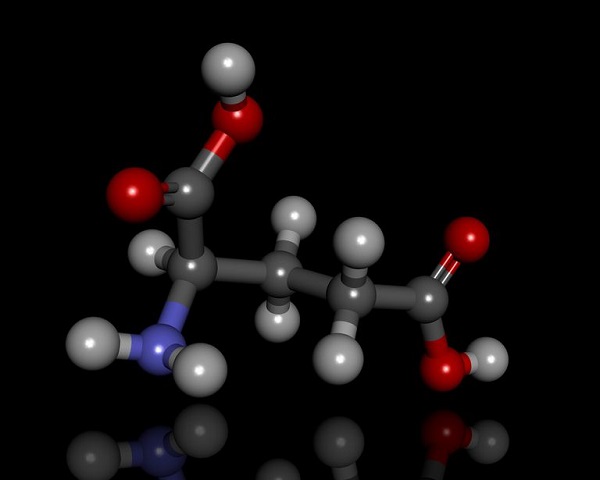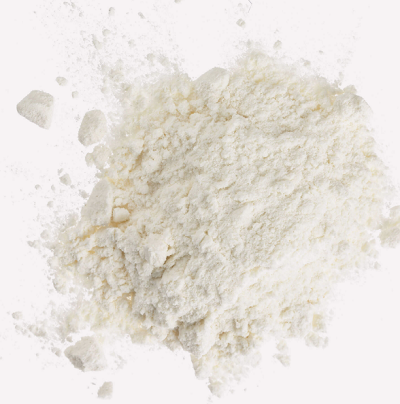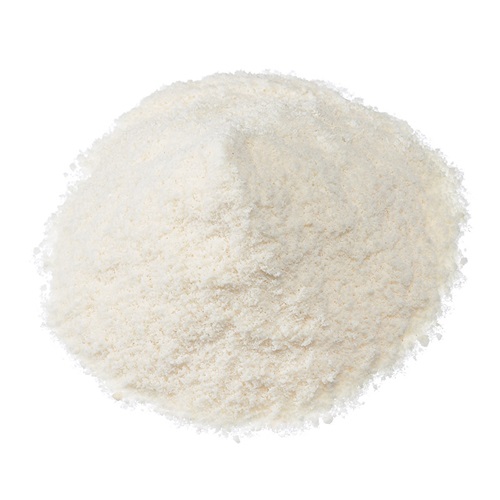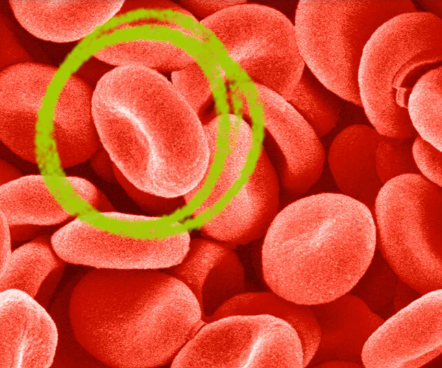Synthesis and Uses of trans,trans-Dibenzylideneacetone
trans,trans-Dibenzylideneacetone often abbreviated dba, is an organic compound with the formula C17H14O. It is a pale-yellow solid insoluble in water, but soluble in ethanol.
Jul 25,2024 Organic ChemistryAcetaminophen:Synthesis,Uses,Side effects,safe dosage
Acetaminophen is most commonly used to treat minor aches and pains, including headache, backache, minor pain of arthritis, toothache, muscular aches, premenstrual and menstrual cramps.
Jul 25,2024 APISynthesis of Aspirin
Aspirin is an effective analgesic (pain reliever), antipyretic (fever reducer) and anti-inflammatory agent and is one of the most widely used non-prescription drugs.
Jul 25,2024 APIGlutamate synthesis
The neurotransmitter glutamate can be synthesized from glutamine by the action of phosphate-activated glutaminase.
Jul 25,2024 Biochemical EngineeringFolate synthesis
The synthetic form of folate is folic acid. It's in an essential component of prenatal vitamins and is in many fortified foods such as cereals and pastas.
Jul 25,2024 Biochemical EngineeringHow to synthesize Acetylacetone?
Acetylacetone is a commercial chemical with significant commercial value as a critical additive for aircraft fuel, metal extraction, and resin modification.
Jul 25,2024 Organic ChemistryN-Acetyl-D-glucosamine: used for the treatment of Osteoarthritis
N-Acetyl-D-glucosamine, or glcnac or N-acetylchitosamine, belongs to the class of organic compounds known as acylaminosugars.
Jul 25,2024 Organic ChemistryThe process of the Peptidoglycan synthesis
Peptidoglycan is a macromolecule made of long aminosugar strands cross-linked by short peptides.
Jul 24,2024 Biochemical EngineeringMethionine synthesis and Methionine benefits
Methionine is an essential amino acid found in meat, fish, and dairy products. It is an amino acid that is used to build molecules important for cell and DNA function.
Jul 24,2024 Biochemical EngineeringHemoglobin synthesis and Low effects of hemoglobin
Hemoglobin is a protein containing iron that facilitates the transport of oxygen in red blood cells. Almost all vertebrates contain hemoglobin,with the exception of the fish family Channichthyidae.
Jul 24,2024 Biochemical Engineering



